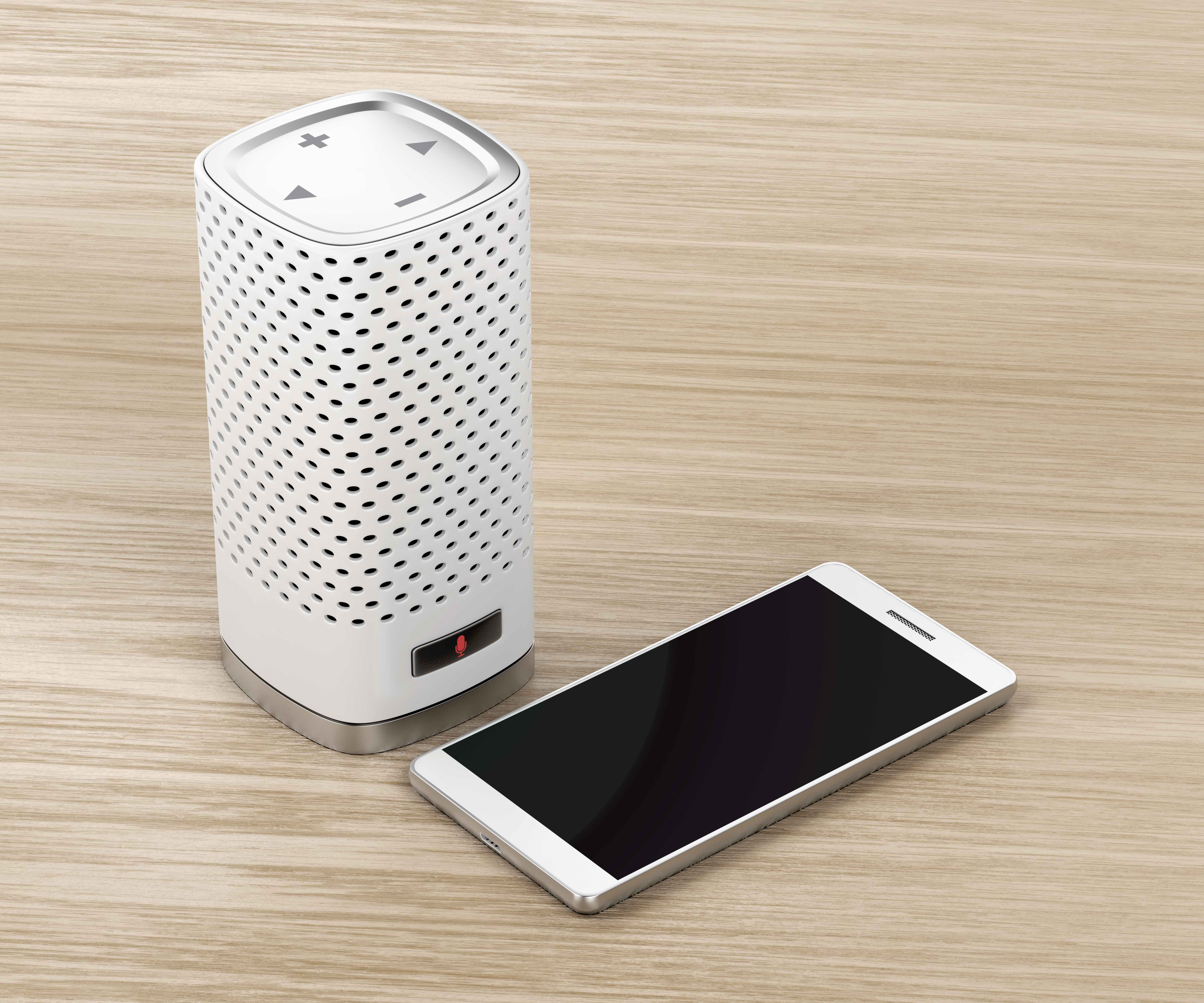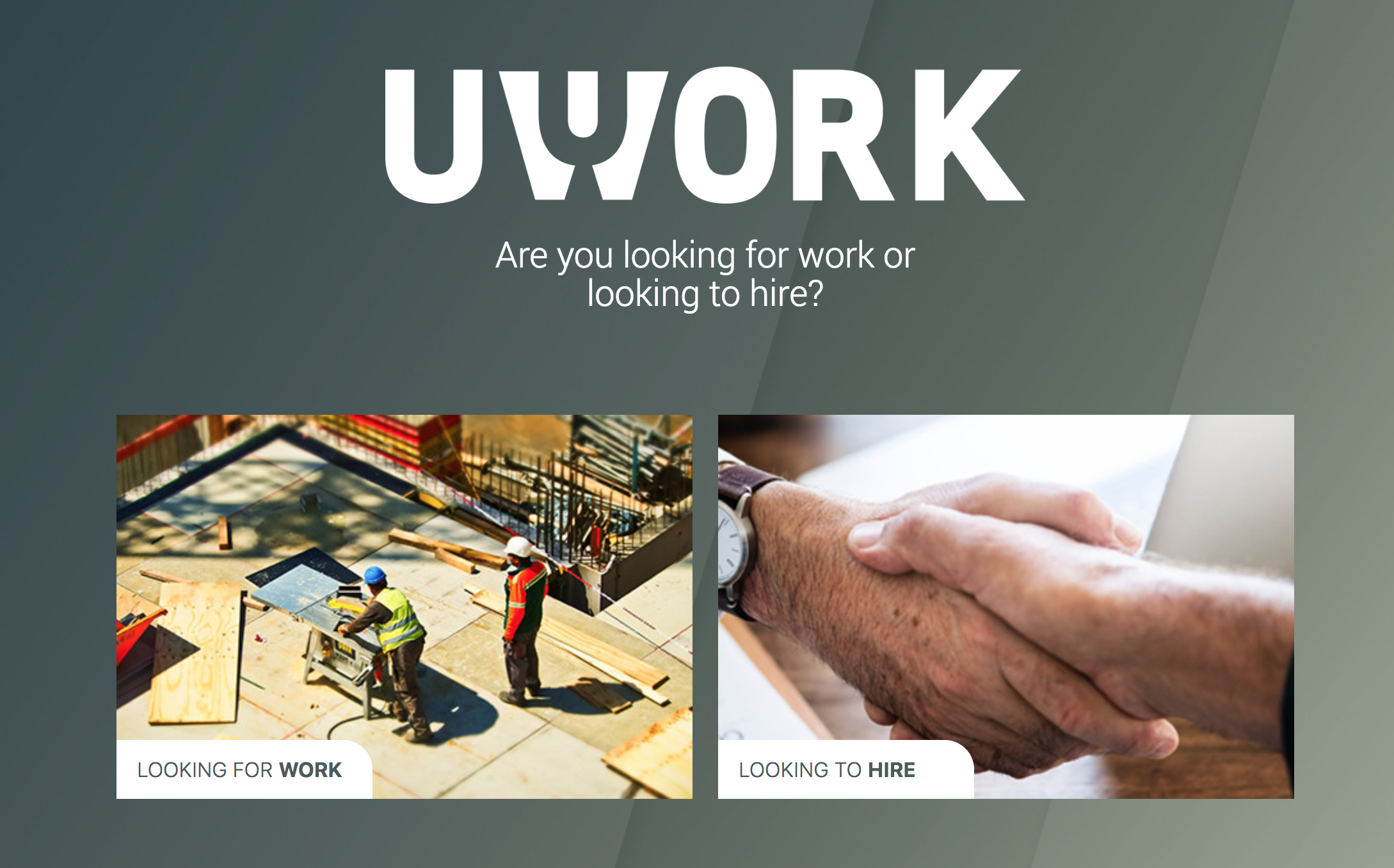Change is constant and a part of growth. Businesses need to stay ahead or abreast of changing trends in the marketplace. Refusing or failing to change with the times can be disastrous for businesses. You can look at big brands like Kodak or Nokia to understand what that means. Once upon a time, both brands were industry giants with large market shares and a loyal fan base.
Unfortunately, when new trends started appearing, Kodak did little to accommodate the change. While Nokia’s nail in the coffin was hammered in by the rivalry of Samsung and Apple that left little room for other brands in the marketplace; Kodak took a nosedive because it refused to acknowledge the change. By the time film photography became obsolete, Kodak did as well. Although both companies have come back into business, they seriously lack the market share that they once had.

In both cases, these mistakes could have been avoided if businesses had kept an eye on the changes that were happening. Interestingly, while most businesses focus on market trends, it is also necessary to keep an eye on internal trends, particularly ones relating to workplace changes. The office culture, structure and hierarchy of a business play major roles in the growth of a business. Relying on outdated trends and practices can result in a lot of lost revenue for a business. As more and more changes are being introduced, it is a good idea to take some time to consider how the workplace will change in the next 10 to 15 years.
Some Major Changes Up Ahead
To be brief, the workplace will change drastically in the next 10 to 15 years. On the other hand, just how drastic is this change going to be? If you’re not sure about what the answer is going to be, take a look at the following major trends that are going to define workplaces everywhere:
An Open Hierarchy
The traditional workplace hierarchy was considered to be in the ladder form. There’s a reason why they say you have to climb up the corporate ladder. While it is simple and brief, this kind of business structure is still very restrictive, not to mention unintentionally responsible for stunting the growth of another person. It also created the compartmentalization of different departments which often leads to a stiff, unfriendly office environment. It is also a structure that is very dated, going back to the industrial era.

While we are experiencing a current boom, this one is a digital one. With more flexibility, room for growth, a new structure has slowly started to make itself known. While it is slow to pick up, in the future though, workplace hierarchy is going up a notch. In fact, it is going to be improved upon by introducing a latticework structure. The latticework structure allows the exchange of ideas in a horizontal, vertical and diagonal manner.
This has allowed for more workplace diversity, better technological advancements being made as well as the incorporation of resourceful innovation. The best part is that it has also made a change to the promotions as well. While the lattice work structure is blamed for getting rid of various management level positions, it is also hailed for introducing more opportunities for other individuals. This allows more room for growth, in different directions, instead of only upwards.
Interestingly, this also safeguards against downfall. Look at it in this light: when things go bad, they fall straight down the ladder. With a latticework structure, the ‘net’ absorbs the tension and bounces back. Already, around 25% of businesses have adopted this structure.
Say Hello to AI
AI has grown by leaps and bounds over the years. While once it was considered to be something out of a sci-fi movie, we’re living in an era that is actively making use of AI in our daily lives. Take a look at Siri or Alexa. With more features being introduced each year, these AI are becoming smarter. With voice activation, you can make calls, send emails, place orders for groceries and more. Over time, AI has effectively been optimizing our lives and actively helping us in our day to functions.

Slowly, the boundaries for what AI can do are being explored. While Siri and Alexa can only follow orders, research is on going for self-driving cars. Tesla and Pizza Hut are still working on test phases. Pizza Hut’s aim is to introduce self-driving delivery vans, which would mean that in the future, automation of tasks is going to increase. Unfortunately, this change also brings a lot of loss with it. Manual labour might be in trouble. In fact, around 45% of people in the US, alone, are at risk of losing their jobs to automation as AI can slowly learn to perform the task.
On a global level, around 45 to 75 million jobs might be removed with the advent of AI. Moreover, AI is being developed that can do menial jobs such as data analysis for advertising, financing reports and more. IBM’s Watson and Quill are huge examples of AI being able to do this. On the other hand, people do advocate that the change that it is bringing is positive. With AI handling the menial tasks of the business, a person can focus on the creative aspects.
Human Cloud Sourcing
As the internet has actively been incorporated into the business’s functions and more, the use of freelancers has slowly grown. In fact, the phenomenon is known as a human cloud. This allows people on different ends of the world to work together. Freelancers can work as remote workers from any corner of the globe, connected over the internet.

Currently, data shows that there are various different platforms that allow for this. Platforms are being introduced that allow employers to connect with freelancers who can work remotely with them. It is rather difficult to nail down the stats with this trend as the marketplace is constantly evolving but it is assumed that by 2025, around 540 million people will be working as remote freelancers. A large part of this trend arises from the fact that people are becoming less inclined to working on a 9am to 5pm basis.
With a remote, freelancing job, they will be able to work on their own pace, at their own time. Moreover, it also offers benefits to companies by providing them with access to a talent pool that they might not have had otherwise. Similarly, starting work with a remote freelancer also doesn’t use up as much time or resources as hiring an employee does.
For businesses, this is a definite win as it allows them to be thrifty and ensures that they are using their budget for other important tasks. Due to all these reasons and more, it can be said that the human cloud is definitely here to stay and grow. While there are other trends that are making waves as well, the ones we have mentioned are some of the ones that are the biggest and growing at the fastest rate. For this reason, it is a good idea to make room for them.
Step Into the Future with Us!
While it can be confusing to change up your work hierarchy or incorporate AI, you can try out making use of the human cloud. Working with a freelancer can save you a lot of time, money and give you more freedom to get better, and faster results. It also allows you to speed up your hiring process. This means that, instead of it taking a month or two to find the right person, it now takes you a week or two to find and hire someone.

Similarly, you might be a bit worried about using different platforms. Accessing the human cloud can be done through a larger number of platforms and each has its own benefits to offer. However, what if there was one, completely legal app or a platform that allows you to not only hire, but also get more benefits every time you are using it?
Say hello to Uwork.
Available for free download on the Apple App Store as well as the Google Play store, UWork is an online platform that focuses on making business simple and easy. Its easy-to-use interface allows you to post a job, sift through potential applicants and also manage shift and make payments.
The app is secure and works as the Uber of Employment, allowing you to connect with the right employees. Employees can also sign up with UWork and apply for jobs posted to work on a freelance basis with the company. UWork also makes it easier to calculate hours done, payments pending or made as well as help employees handle income taxes and more.
With UWork, working freelance and hiring employees becomes easier and you don’t have to handle anything. All you need is just a tap away! Get UWork now and see all the amazing benefits it has to offer.
